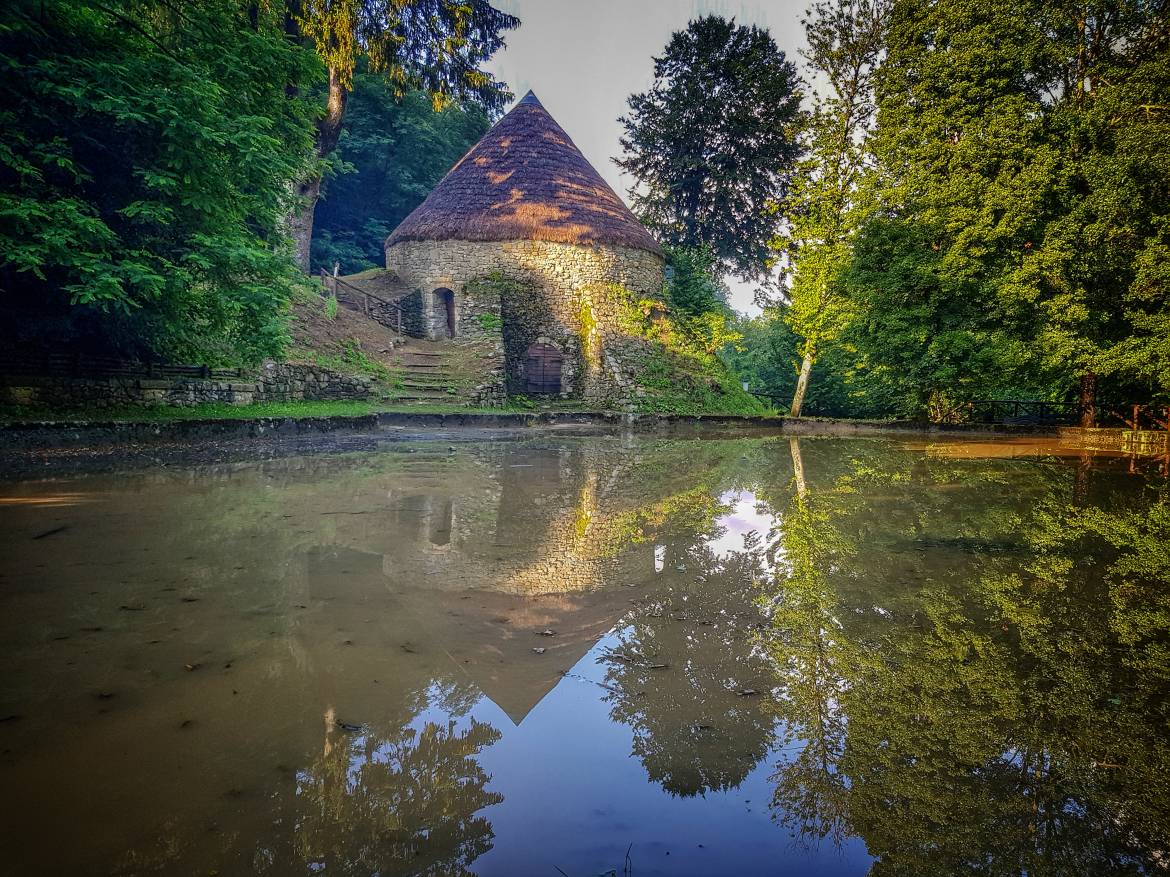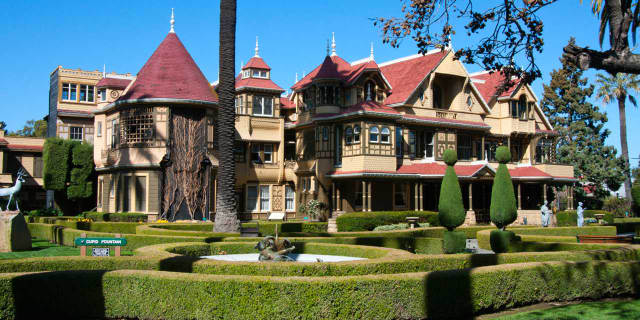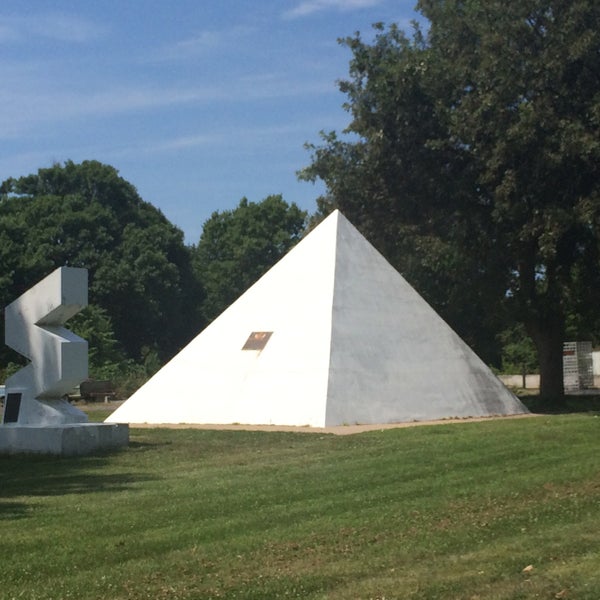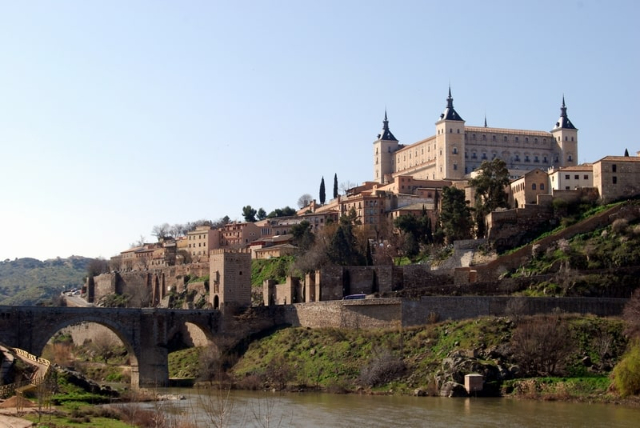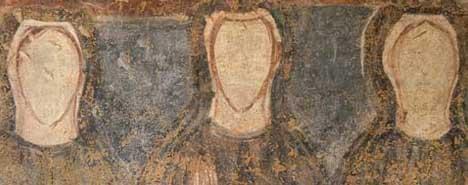Going up from Pistoia towards the Apennines, in the locality of Le Piastre, the road finished in 1778 by Grand Duke Leopoldo crosses a place popularly known as ‘Valle Fredda’ (Cold Valley), and with good reason: it is in fact an area colder than the surrounding ones because of its particular conformation. This peculiarity was exploited since the beginning of the eighteenth century for the production of ‘natural ice’ (a definition that, in reality, began to spread only later, with the introduction of chemical methods to generate cold), and became very important as the road was completed, followed by the railway. In the golden age, the ice from this valley arrived as far as Rome, in special wagons lined with metal: the production started at the beginning of the 17th century and continued until the 1940s. The most important ice-house that has survived to the present day is that of the Madonnina, visible from the road and visitable on request with a guide. The construction, which exploits the thermal inertia of the ice covered by a thick layer of chestnut leaves, guaranteed preservation until it was moved by three openings, located at different levels, on the means of transport, to be then sold in the cities further downstream. In order to fill an ice-house like the Madonnina’s one, three ‘lagates’ were needed: the artificial lake in front of it had to be frozen and cracked three times.
